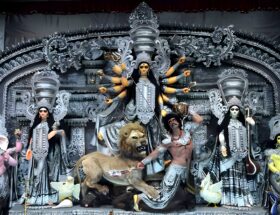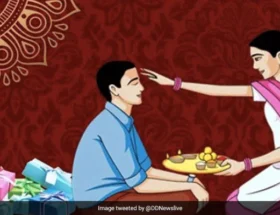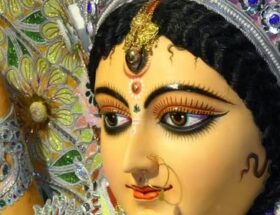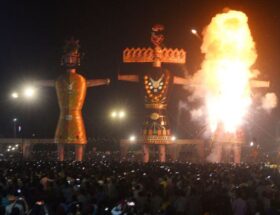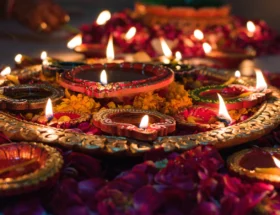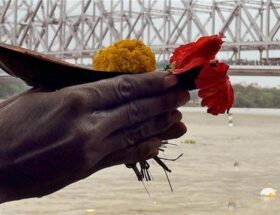Rakhadumni: Significance of Rakhi in Indian Culture
Introduction to Rakhadumni Rakhi Festival
Rakhadumni, simply termed as Rakhi, means an ancient, unforgettable festival celebrated in the totality of India. Since time unknown, it has continued uninterruptedly as an annual event celebrated on the full moon day of the Hindu month of Shravana of the Hindu calendar and has been continuing unabated till date, celebrating brother-sister relationship—a relation that goes far beyond just a festival for it is an epitome of love, care, protection, respect, and reverence.
Historical Roots of Rakhi
Basically, Rakhi is rooted in Indian soil, and contains a lot of mythological rigor. One such story tells how Queen Draupadi tied a sari from her bleeding hands when Lord Krishna’s fingers were cut off. In many ways, these stories suggest that tying rakhi signifies a more supportive commitment to protect and nurture.
Cultural Significance of Rakhadumni Rakhi Festival
Rakhi is not just a thread. On the contrary, it rather reflects loads of indicative cultural and emotional aspects associated with it.During the Raksha Bandhan ritual, sisters tie a sacred thread around their brother’s wrist and pray for long life. To make the brothers promise to protect and support their sisters unwaveringly. This mutual exchange binds family relations with a strong, augmented bond between siblings.
Rakhi and Its Rituals
Sisters start the day by preparing the Rakhi thali with the holy thread, rice, vermilion, and sweets and a diya in it. Sisters apply tilak on their brother’s forehead and then tie a rakhi around his wrist. The brothers give a token of love and appreciation to the sisters through the brokers, and in turn, provide a return gift. This consummation of the day ends up having participation by all family members so that they are able to be together and celebrate this through the bond of love.
Modern Day Celebrations for Rakhadumni Rakhi Festival
It’s that time when Rakhi keeps changing its form in consonance with new lifestyles and cosmopolitan ethos of contemporary modern times. In essence, it stays the same, but new trends bring changes to its face. From traditional silk threads to modern bracelets, so much more are there in designs of rakhi available these days. Online shopping and digital greeting—this has become very common even for siblings surely celebrating a long distance away.
Rakhi Beyond Blood Relations
Most interestingly, therefore, Rakhi has emerged as a festival of impersonation from blood relations alone. Women in many communities tie the knot with soldiers, friends and often mentors, thus extending safety and respect beyond their families. This broader interpretation identifies Rakhi with its universal message of love, care, and solidarity.
Conclusion: The Enduring Legacy of Rakhi
Rakhadumni, or Rakhi, is a festival celebrating the strong bond between siblings, emphasizing love, care, and protection. Despite evolving over time, the festival’s core message of unity and respect remains, highlighting the importance of preserving familial connections.
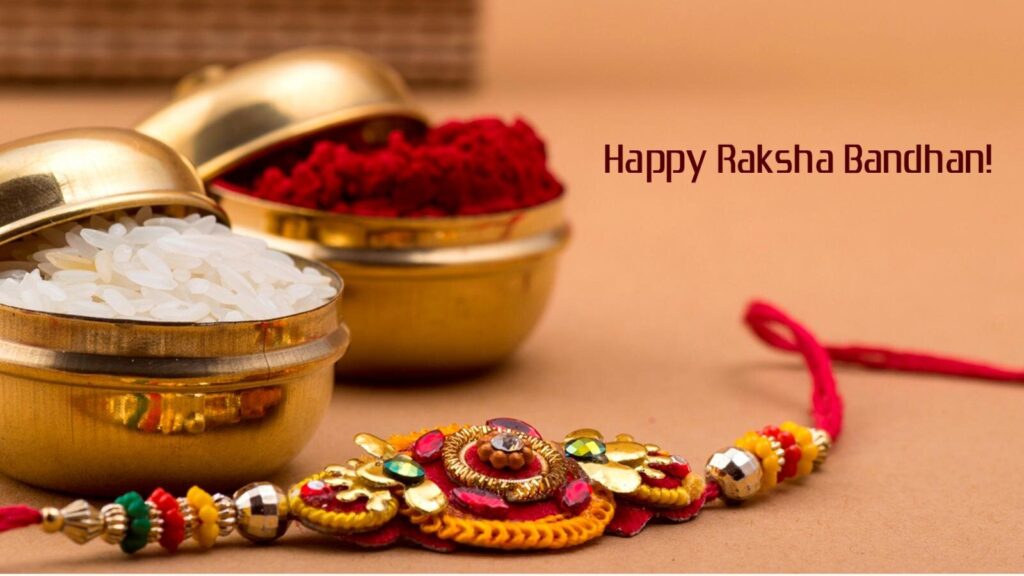
Sarees that women can wear in this festival: Brown Designer Soft Jamdani Saree
FAQs on Rakhadumni – Rakhi
1. What is Rakha Bandhan or Rakhi?
Rakhadumni, known lately as Rakhi, means a scared thread on the wrist of brothers tied by the sisters for protection and gesture of love in some traditional Indian festival.
2. When is Rakhi celebrated?
Rakhi is celebrated on the full moon day of the Hindu month of Shravan, mostly in the month August.
3. What is the significance of tying Rakhi?
That itself forms the tying of Rakhi, which symbolizes a sisterly feeling toward brother and refers to praying for his good health, long life, prosperity etc. In return he promises to stand beside her always and care for her all through his and her life.
4. What happens in a Rakhi ritual?
Eating sweets from the same plate through the plate by brothers and sisters is accompanied by brother’s forehead tilak, tying Rakhi, early exchange of gifts here in Rakhi.
5. Can people in non-fraternity celebrate Rakhi?
Of course, Rakhi can be celebrated across blood relations. That is, sisters can tie Rakhi not only to their brothers but to friends, a mentor, or even to soldiers, extending the bond of protection and respect.
6. How has Raksha Bandhan changed over the years?
Rakhi today, has evolved from generation to generation. Very common today are rakhis of different designs, and with digital greetings or shopping online, obviously people can become part of the celebration much easier.
7. What types of people have associated traditional foods with Rakhi?
Traditional food associated with Rakhi includes Kaju Katli, Ladoo, Barfi. Usually, people hand out these or try them on occasion.
8. How do people celebrate Rakhadumni Rakhi Festival if they are far from their siblings?
If they are not closer to their sibling on this day, the love will pour out by sending Rakhis and other assorted gifts by post or digital greetings. They even do all the rituals through video calls.
9. Which are the different types available in Rakhis?
Most of the eco-friendly ones are in traditional ones of silk threads, designer ones, and bracelet ones made from organic material.
10. Which, according to you, is the cultural significance of Rakhadumni Rakhi Festival in India?
This Rakhi festival is just as in India. On this day, every citizen of this country recognizes that those relationships must be honored. It’s a festival that brings the family closer.

